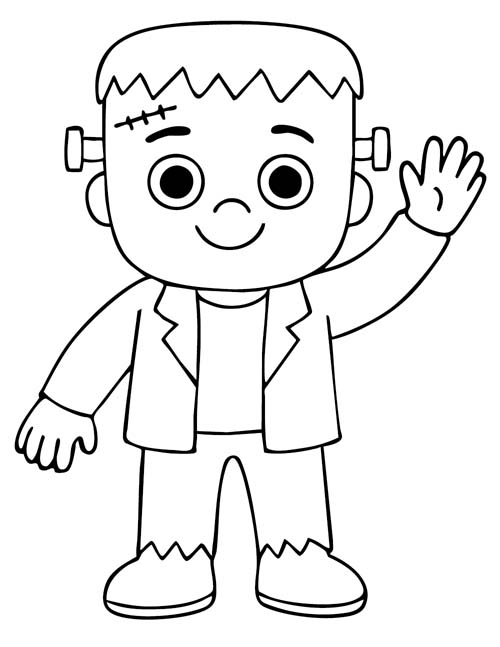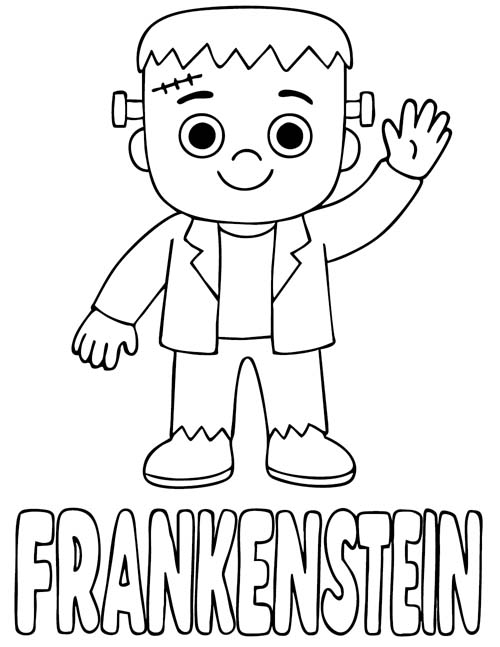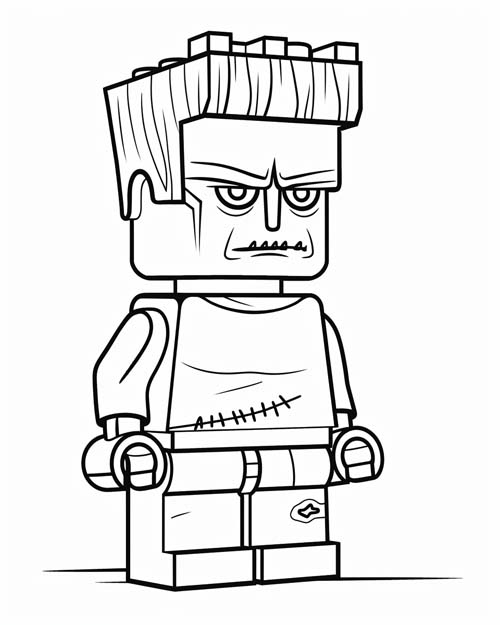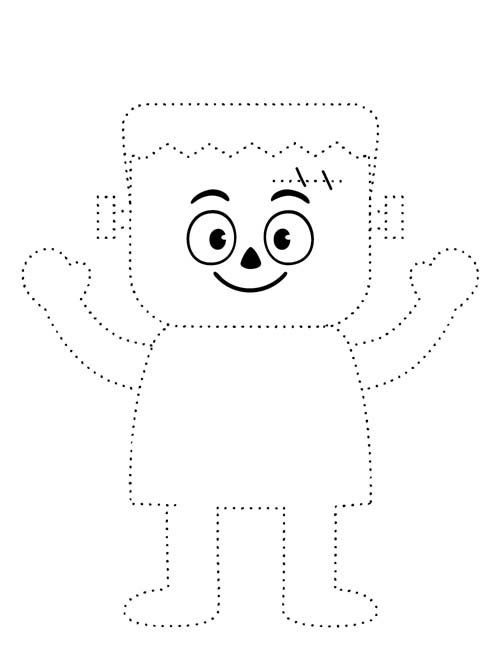Leanne's Printable Coloring Pages for Kids
Frankenstein's Monster Coloring Pages
Welcome to our Frankenstein's Monster coloring pages section.
Frankenstein's Monster, one of the most iconic characters in literature and horror, was brought to life in Mary Shelley's classic novel Frankenstein. Created by the ambitious scientist Victor Frankenstein, the monster is a patchwork of human parts, reanimated through a scientific experiment. Despite his terrifying appearance, Frankenstein's Monster is a complex figure, struggling with loneliness, rejection, and a desire for companionship. Often misunderstood, the monster represents themes of isolation, the consequences of unchecked ambition, and the search for humanity.
Dr. Frankenstein
Victor Frankenstein, the brilliant but reckless scientist from Mary Shelley's Frankenstein, is a character driven by an insatiable thirst for knowledge and ambition. In his quest to unlock the secrets of life, he crosses boundaries and creates a living being, only to be horrified by his own work. Haunted by the consequences of his experiment, Frankenstein becomes a tragic figure, wrestling with guilt, responsibility, and fear as he faces the monster he has brought into the world. Dr. Frankenstein’s story explores the dangers of scientific hubris, the ethics of creation, and the high cost of pursuing knowledge without understanding.
Frankenstein's Monster:
Frankenstein's Monster, a creation of both horror and tragedy, stands as one of literature’s most haunting figures. Brought to life by Victor Frankenstein, the creature is a patchwork of human parts, reanimated in a scientific experiment that defies nature. Though outwardly terrifying, the monster yearns for acceptance and kindness, grappling with the pain of rejection and loneliness. Misunderstood by all, including his creator, he represents themes of isolation, the cost of unchecked ambition, and the deep human need for connection. Through his tragic journey, Frankenstein's Monster becomes a symbol of the misunderstood outcast and the consequences of creation without compassion.
Bride of Frankenstein
The Bride of Frankenstein, created as a potential companion for Frankenstein's Monster, adds a new dimension to Mary Shelley's chilling tale. Brought to life in later adaptations, she is often depicted as a reluctant, tragic figure--beautiful yet unnatural, mirroring the monster's own isolation and longing for connection. Her short-lived existence underscores the themes of loneliness, the struggle for acceptance, and the tragic consequences of forced creation. The Bride serves as a reminder of the humanity within the monstrous and the cost of creating life without love or understanding.
Tale of Frankenstein's Monster
I remember the night I first opened my eyes. The first thing I knew was light, harsh and trembling, and the face of my creator, pale with terror. He looked at me as though he had seen a ghost. Perhaps he had. I reached toward him, but he fled. That was my first lesson in the world of men: they make things they cannot bear to look upon.
The days that followed were filled with wandering. I did not understand cold then, but it cut through me like glass. I wrapped myself in scraps and hides, hid from the sun, and listened to the sounds of life in the distance... laughter, footsteps, the creak of doors shutting me out. My reflection in the still water frightened me as much as it had frightened him. I was not man, not beast. I was something else entirely.
It was the cottagers who taught me what beauty meant. I watched them through a crack in their wall, the old man’s voice rising and falling like music, the young woman’s hands gentle as she worked. I learned their words, their kindness, their sorrow. I dreamed that one day they might see me and understand that I meant no harm. But when I finally stepped forward, they screamed. Their fear struck me harder than any blow. I ran until the forest swallowed me whole.
I sought my creator then, not for vengeance at first, but for meaning. Why had he given me life only to abandon me to loneliness? Why shape me with such care, only to fill the world with people who would never see beyond my scars? When I found him, rage had replaced hope. He called me “daemon,” and I saw in his eyes that I was forever condemned to be what he feared.
Now I walk through the snowbound peaks, my footprints the only proof that I exist. The cold does not hurt as it once did; I think it welcomes me now. I have no name, but I carry every word I’ve learned inside me, every kindness denied. If God had given me a soul, it must live in that sorrow. I was born from man’s pride and left to wander the earth, but somewhere in the silence of the mountains, I have learned to be my own.


















